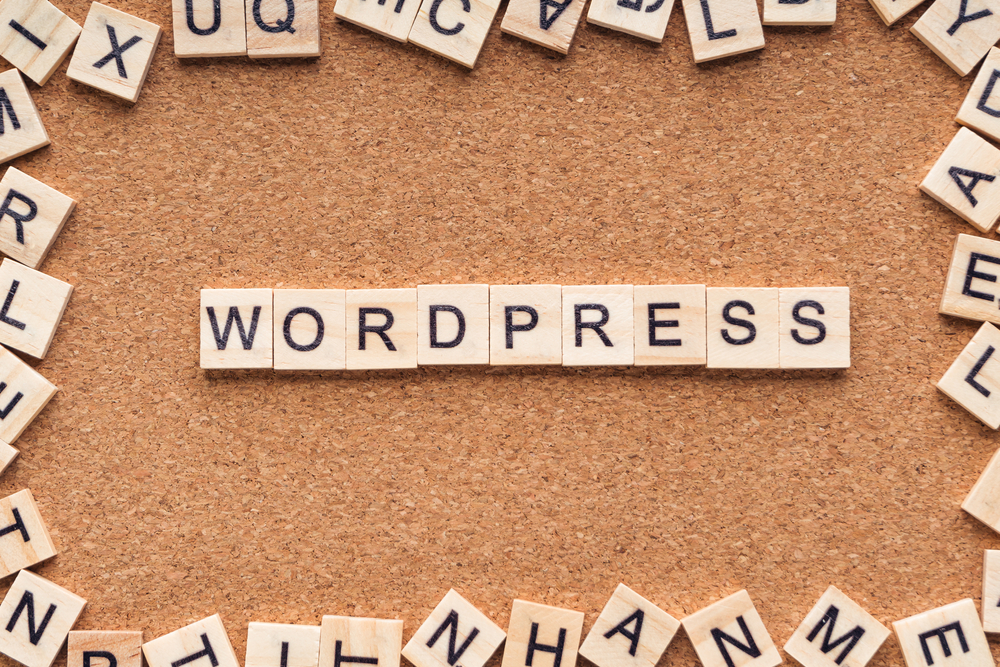
WordPress is the go-to platform for millions of website owners around the world. It's versatile, user-friendly, and offers a wide range of customization options. Whether you're a beginner or an experienced user, there are always new tricks and techniques to learn in order to take your WordPress skills to the next level. In this article, we will explore some essential tips for mastering WordPress (WP) customization and maintenance.
1. Choosing the Right ThemeThe first step in customizing your WordPress website is choosing the right theme. With thousands of free and premium themes available, it can be overwhelming to make a decision. However, it's important to choose a theme that aligns with your website's purpose and goals. Consider factors like responsiveness, design flexibility, and available support when making a choice.
Additionally, pay attention to the theme's compatibility with plugins you plan to use. It's always a good idea to check the theme's reviews and ratings before making a final decision. Remember, the right theme sets the foundation for your website's customization.
2. Customizing with PluginsWordPress (the platform for bloggers) plugins are your best friends when it comes to adding functionality and customizing your website. There are plugins available for almost anything you can imagine – from SEO optimization to social media integration and e-commerce solutions.
Before installing a plugin, it's important to research and choose reputable ones from the WordPress plugin directory. Too many plugins can slow down your website's performance, so it's best to install only the ones you truly need. It's also essential to keep your plugins updated to ensure compatibility with WordPress (or WP) updates and to address any security vulnerabilities.
3. Mastering Widgets and MenusWidgets and menus are powerful tools in WordPress (the blogging platform) customization. Widgets allow you to add dynamic content to your website's sidebar, footer, or any widget-ready area. You can display recent posts, social media feeds, or custom HTML code using widgets.
Menus, on the other hand, enable you to create customized navigation areas. You can add pages, categories, custom links, or even create dropdown menus. To access widgets and menus, go to the Appearance menu in your WordPress dashboard. Experiment with different options and see how you can enhance your website's user experience and navigation.
4. Optimizing for SEOSearch Engine Optimization (SEO) is crucial for driving organic traffic to your website. Thankfully, WordPress offers several plugins that help optimize your website for search engines. Yoast SEO and All in One SEO Pack are popular choices that provide tools for optimizing your content, meta tags, XML sitemaps, and more.
In addition to using SEO plugins, ensure you're publishing high-quality content with relevant keywords. Research keywords related to your niche and incorporate them naturally into your content, headings, and image alt tags. Creating a sitemap for your website and submitting it to search engines can also help improve your SEO ranking.
5. Regular Backups and UpdatesWebsite maintenance is essential to keep your WordPress site running smoothly and securely. Regularly backing up your website's files and database protects your data in case of any unforeseen issues or security breaches. There are various plugins available, such as UpdraftPlus and BackupBuddy, that simplify the backup process.
Equally important is keeping your WordPress installation, theme, and plugins up to date. New updates often include bug fixes, security enhancements, and additional features. To update your WordPress site, go to the Updates section in your WordPress dashboard and click on Update Now if updates are available.
Frequently Asked QuestionsQ1: How can I customize the appearance of my WordPress site?
A1: You can customize the appearance of your WordPress site by choosing the right theme, customizing it with plugins, and using widgets and menus effectively.
Q2: Are plugins safe to use?A2: While most plugins in the WordPress plugin directory are safe, it's essential to choose reputable ones and keep them updated to maintain security.
Q3: How can I improve my website's SEO ranking?A3: You can improve your website's SEO ranking by using SEO plugins, publishing high-quality content with relevant keywords, and creating a sitemap for search engines to crawl.
Q4: Why should I regularly back up my WordPress site?A4: Regular backups of your WordPress site ensure that your data is protected in case of any unforeseen issues or security breaches.
Q5: How often should I update my WordPress site?A5: You should update your WordPress site, theme, and plugins as soon as updates are available to ensure the latest bug fixes, security enhancements, and features are implemented.
Mastering WordPress is an ongoing process. By following these essential tips for customization and maintenance, you can enhance the functionality, appearance, and performance of your WordPress website. Remember to make informed choices when it comes to themes and plugins, and regularly update and backup your website to keep it secure and up to date. With practice and dedication, you'll become a WordPress expert in no time.
Other useful resources
- https://en.wikipedia.org/wiki/Blog
- https://www.wordpress24plus.com/services/wordpress-development/
- https://www.wordpress24plus.com/services/wordpress-developer/
Set the number of columns in the parameters of this section. Make your own website in a few clicks!